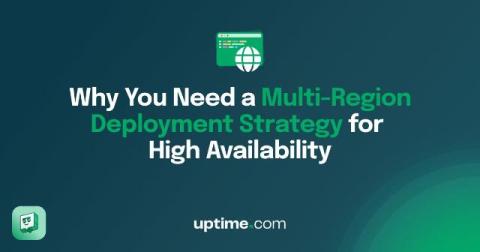The Ultimate Observability Experience at SolarWinds Day
SolarWinds Day has consistently been one of the most enlightening events of the IT year, offering rich insights into technology, cybersecurity, artificial intelligence (AI), and more. This quarter's event, SolarWinds Day: Observability Anywhere. Precision Everywhere, tackled the complexities of IT infrastructure observability. I was delighted to host the panel discussion; here’s my overview of the key talking points.











